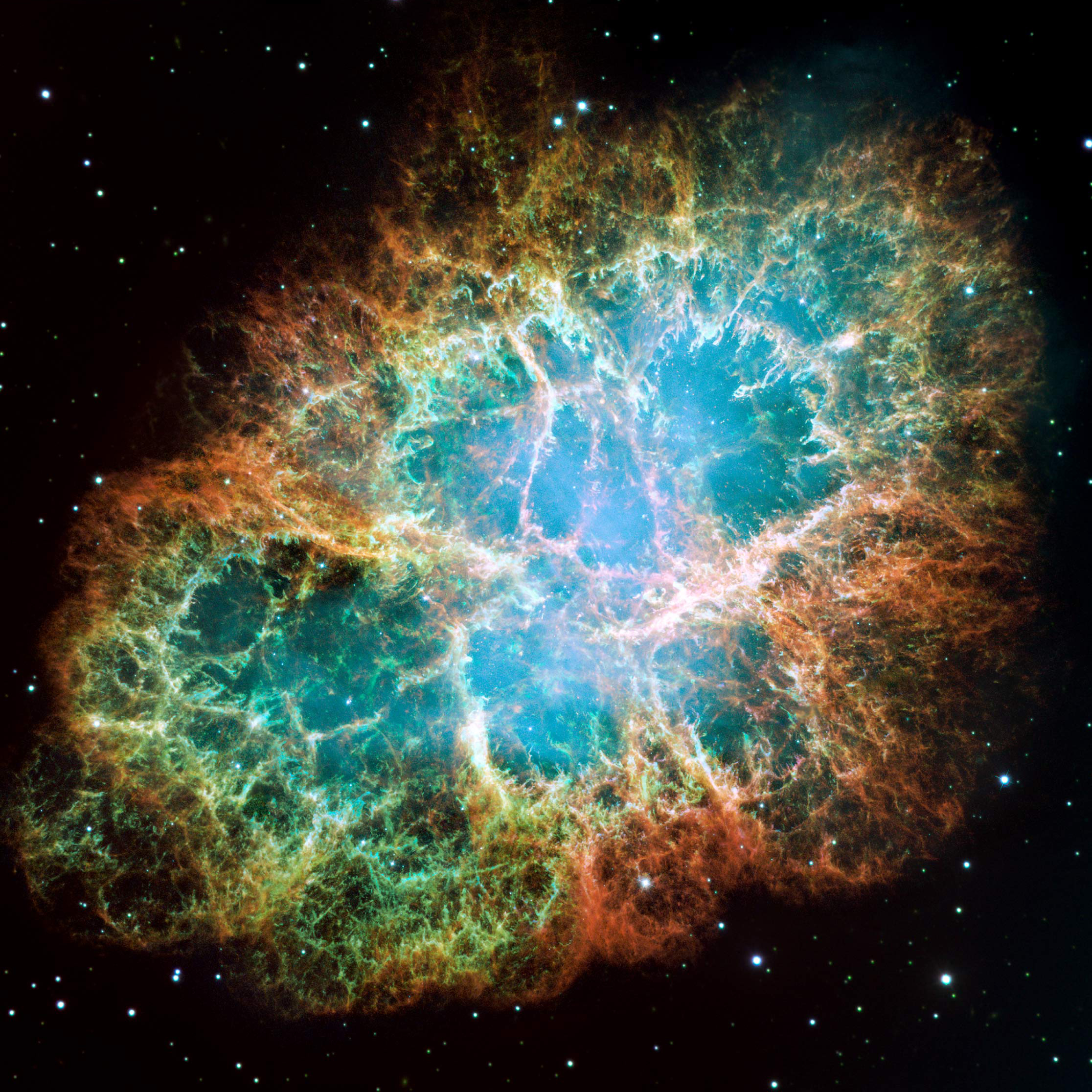New Hubble Gallery Reveals Glittering Messier Objects

Starting in the mid-1700s, Charles Messier cataloged more than 100 galaxies, nebulas, star clusters and other objects — and today, they remain popular skywatching targets. Ninety-three of the objects have been imaged by the Hubble Space Telescope and are now compiled into a gallery that shows their glittering, shining shapes in stunning detail.
Messier began his list of cosmic treasures while searching for comets, cataloging the cloudy, blurry objects that stayed still in the sky rather than moving across it. He ultimately recorded 103 objects, of which he discovered 40, and seven additional objects he found were added to the catalog after his death. As of August 2017, Hubble has taken the time to observe 93 of them, NASA officials said in a statement — with a brightness and clarity far beyond what can be seen in backyard telescopes. [Messier's List: Hubble's Stunning Views of Deep-Sky Objects]
Skywatchers who view all 110 Messier objects in one night — "40 galaxies, 57 star clusters, nine nebulas, the Crab Nebula supernova remnant, a rich patch of Milky Way stars, a double star and a star grouping," as Chris Vaughan, a Space.com skywatching columnist, described — have completed the "Messier Marathon," a feat which is only possible in early spring, from the Northern hemisphere. While Hubble has taken its time in compiling these images, it's just 17 objects away from completing it in spirit.
View the full gallery of high-definition Hubble images here.
Email Sarah Lewin at slewin@space.com or follow her @SarahExplains. Follow us @Spacedotcom, Facebook and Google+. Original article on Space.com.
Breaking space news, the latest updates on rocket launches, skywatching events and more!

Sarah Lewin started writing for Space.com in June of 2015 as a Staff Writer and became Associate Editor in 2019 . Her work has been featured by Scientific American, IEEE Spectrum, Quanta Magazine, Wired, The Scientist, Science Friday and WGBH's Inside NOVA. Sarah has an MA from NYU's Science, Health and Environmental Reporting Program and an AB in mathematics from Brown University. When not writing, reading or thinking about space, Sarah enjoys musical theatre and mathematical papercraft. She is currently Assistant News Editor at Scientific American. You can follow her on Twitter @SarahExplains.
